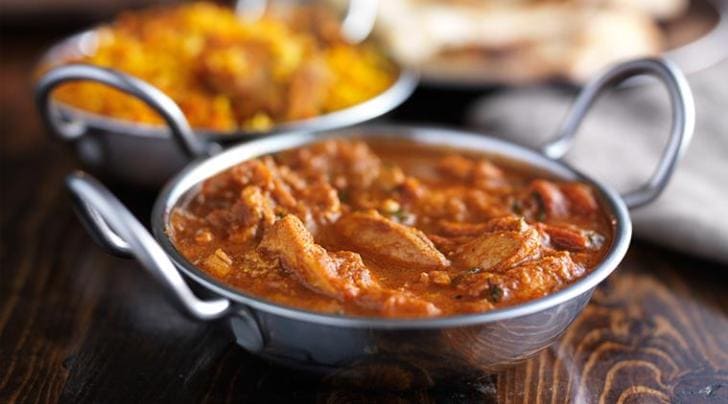

Do you know why your husband can’t resist that mouth-watering chicken korma which you hate but love to hop on a delicious chocolate cake? Blame it on a gene variant.
According to the researchers, people who carry variants in a particular gene have an increased preference for high-fat food but a decreased preference for sugary foods.
Previous studies in mice have shown that disruption of a particular pathway in the brain involving the melanocortin 4 receptor (MC4R) gene can lead to mice eating a lot more fat. Unusually, these mice eat a lot less sugar.
“Most of the time we eat foods that are both high in fat and high in sugar. By testing a relatively rare group of people with the defective MC4R gene, we found that specific brain pathways can modulate food preference,” explained professor Sadaf Farooqi from the Welcome Trust Medical Research Council Institute of Metabolic Science at University of Cambridge.
In the new study, researchers gave participants an all you can eat buffet of chicken korma with three options manipulated to look and taste the same, but in which the fat content provided 20 per cent (low), 40 per cent (medium) and 60 per cent (high) of the calories.
They tested lean people, obese people and people who were obese because they have a defect in a gene called MC4R.
After taking a small taster of each meal, people were allowed to eat freely from the three kormas.
They could not tell the difference between the foods and were unaware that the fat content varied.
The researchers found that individuals with defective MC4R ate almost double the amount of high-fat korma than lean individuals ate (95 per cent more) and 65 per cent more than obese individuals.
In a second arm of the study, people were given Eton mess, a dessert that includes a mixture of strawberries, whipped cream and broken meringue.
Again, there were three options from which participants could freely choose, with sugar content providing 8 per cent (low), 26 per cent (medium) and 54 per cent (high) of calorific content, but with the fat content fixed.
However, paradoxically, individuals with defective MC4R liked the high sugar dessert less than their lean and obese counterparts and in fact, ate significantly less of all three desserts compared to the other two groups.
When there is not much food around, we need energy that can be stored and accessed when needed: fat delivers twice as many calories per gram as carbohydrates or protein and can be readily stored in our bodies.
“As such, having a pathway that tells you to eat more fat at the expense of sugar, which we can only store to a limited extent in the body, would be a very useful way of defending against starvation,” Farooqi pointed out in a paper published in the journal Nature Communications.
[“source-indianexpress”]




